Nanjing Travel Guide
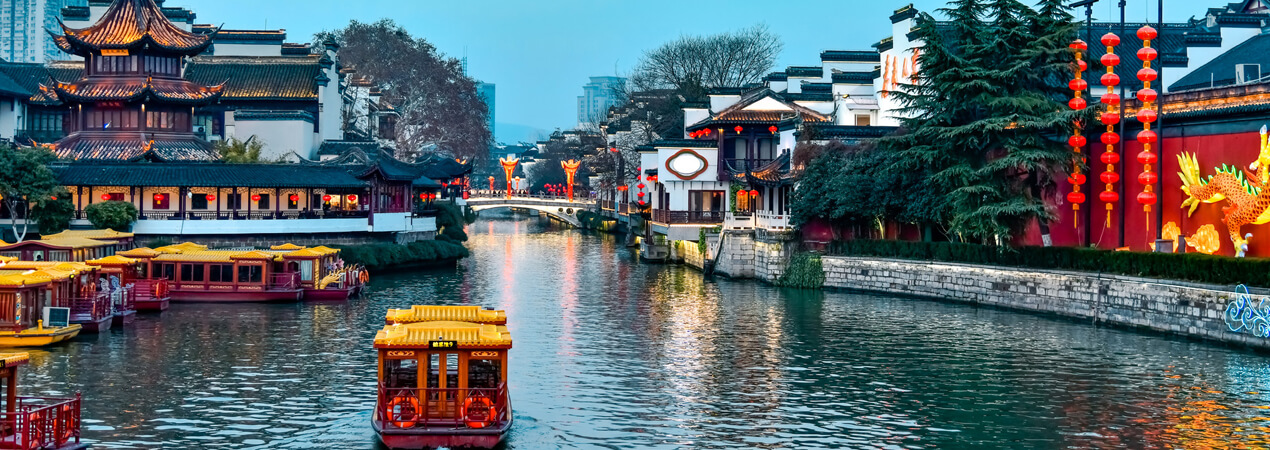
Located in the eastern province of Jiangsu, Nanjing offers a blend of ancient architecture, modern attractions, and natural beauty. Nanjing literally means “southern capital “served as the capital of China for 6 times from early 3rd century to late 6th century. It also served as an auxiliary capital city for the Ming Dynasty from 1368 to 1644. If you’re planning a trip to Nanjing, here is a travel guide to help you make the most of your visit:
Best Time to Visit Nanjing
The best time to visit Nanjing is during spring (March to May) and autumn (September to November) when the weather is mild and pleasant. Avoid visiting during the scorching hot and humid summers or chilly winters.
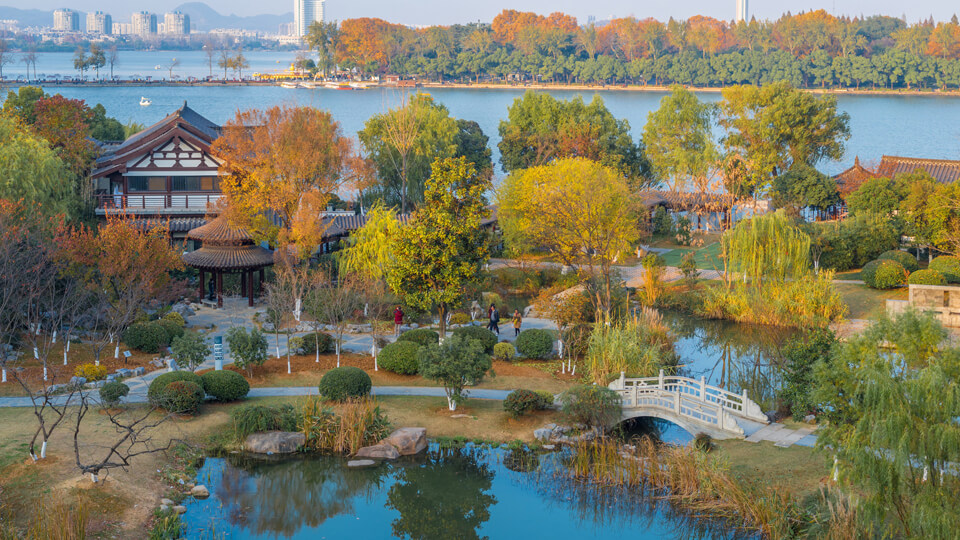
How to Get to Nanjing
Nanjing has its own international airport, Nanjing Lukou International Airport (NKG), which is well-connected with major cities in China and some international destinations. Alternatively, you can also take a high-speed train to Nanjing from cities like Shanghai or Beijing. It takes 1.5 hrs from Shanghai to Nanjing and 3.5 hrs from Beijing to Nanjing.
Short History of Nanjing
Nanjing, with a history dating back over 2,500 years, is one of China’s oldest cities and has served as its capital at various times throughout history.
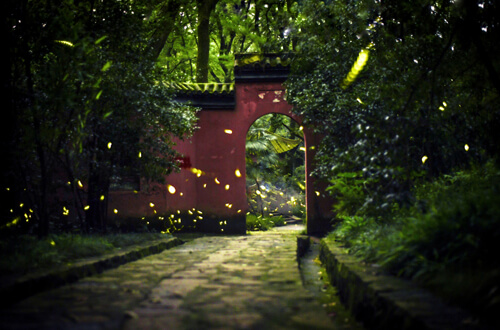
Nanjing’s history can be traced back to the ancient state of Yue during the Spring and Autumn Period (770-476 BCE). It became the capital of the Wu Kingdom in the Three Kingdoms period (220-280 CE), known as Jinling at the time.
During the period of the Southern Dynasties (420-589 CE), Nanjing was the capital of multiple dynasties, including the Eastern Jin, Liu Song, Southern Qi, Liang, and Chen. It played a vital role as a cultural and economic center during this time.
In 1368, Nanjing became the capital of the Ming Dynasty (1368-1644). The city experienced a period of prosperity, leading to the construction of significant landmarks such as the Ming City Wall and the Imperial Palace complex, known as the “Porcelain Tower.”
Nanjing played a significant role during the Taiping Rebellion (1850-1864CE). From 1853 to 1864, the city served as the capital of the Taiping Heavenly Kingdom, a rebellion against the ruling Qing Dynasty. The rebellion led to the loss of life and extensive destruction in the region.
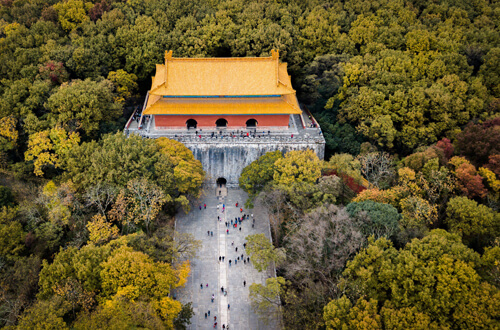
During the early 20th century, Nanjing became the capital of the Republic of China when Dr. Sun Yat-sen founded the nationalist government in 1927. In 1937, Nanjing became internationally known as the site of the Nanjing Massacre, a brutal event during the Second Sino-Japanese War. Following the establishment of the People’s Republic of China in 1949, Beijing became the capital, and Nanjing was designated as the provincial capital of Jiangsu Province. Nanjing has experienced significant urban growth and development, becoming a major center for education, industry, and culture in modern China.
Throughout its history, Nanjing has witnessed political, cultural, and economic changes, leaving behind a rich heritage and historical sites. Today, Nanjing stands as an important center of commerce, tourism, and academia, while still preserving its historical significance.
Top Things To Do in Nanjing
Visit the Sun Yat-sen Mausoleum
Pay homage to Dr. Sun Yat-sen, the founding father of modern China, at this impressive memorial complex surrounded by scenic gardens.
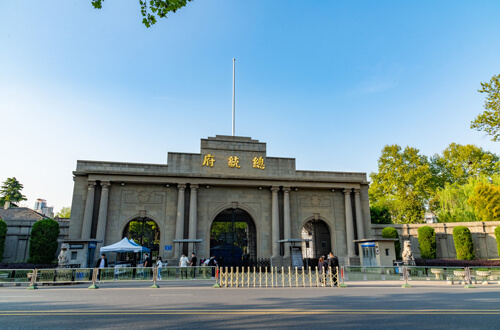 Presidential Palace in Nanjing
Presidential Palace in NanjingExplore the Presidential Palace
Formerly the official residence of Chiang Kai-shek, this historical site showcases exhibitions and artifacts relating to China's modern political history.
Walk along the ancient city wall
Take a stroll along the well-preserved Nanjing City Wall, which offers panoramic views of the city and allows you to appreciate its historical significance.
Admire the Nanjing Museum
Explore one of China's largest museums, displaying a wide range of artifacts, artwork, and historical relics that offer insights into the diverse cultures of the region.
Experience the beauty of Xuanwu Lake
Take a relaxing boat ride or walk around the picturesque Xuanwu Lake, which is surrounded by lush gardens, pavilions, and charming teahouses.
Witness History at the Nanjing Massacre Memorial Museum
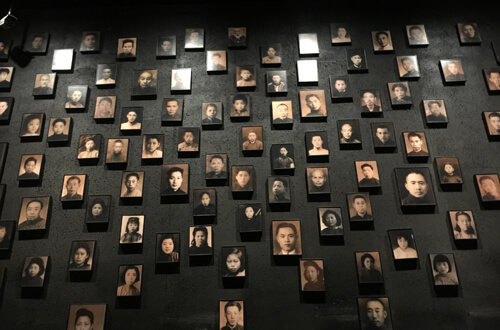 Nanjing Massacre Memorial Museum
Nanjing Massacre Memorial MuseumPay tribute to the victims of the tragic Nanjing Massacre during World War II and learn about this crucial period of Chinese history.
Enjoy Nature in Purple Mountain Scenic Area
Take a cable car ride up Purple Mountain and explore the natural beauty of this scenic area. Visit attractions like Linggu Temple and Ming Xiaoling Mausoleum.
Explore the Vibrant Fuzimiao Area
Wander through the vibrant streets of Fuzimiao, known for its lively shops, street food, and traditional Chinese snacks. Don't miss the renowned Qinhuai Lantern Fair during Chinese New Year.
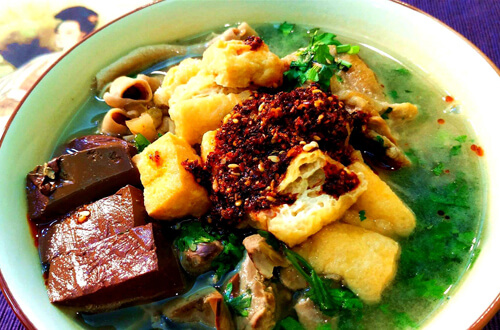
Sample Nanjing's Signature Dishes
Savor the flavors of Nanjing by sampling local delicacies like duck blood and vermicelli soup, Nanjing salted duck, sesame paste noodles, and steamed dumplings (Xiao Long Bao).
Recommended Souvenirs From Nanjing
Nanjing offers a variety of souvenirs that reflect its rich culture and heritage. Here are some popular souvenirs you can consider from Nanjing:
Brocade (云锦 Yunjin)
Nanjing is renowned for its intricate brocade artistry. Consider purchasing brocade fabric, scarfs, or clothing items featuring traditional patterns and designs. You can also pay a visit to Nanjing Yunjin(Brocade) Museum . The museum features a variety of exhibits that illustrate the evolution, techniques, and significance of Yunjin. Visitors can explore displays of historical Yunjin garments, loom machines, weaving tools, and the step-by-step process behind creating this intricate textile.
Rain Flower Pebbles (雨花石 Yu Hua Shi)
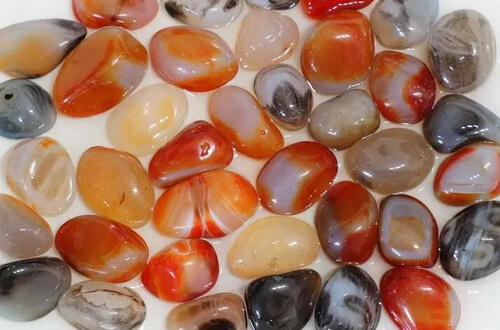
The rain flower pebble, known as “Yuhua” stone in Mandarin, is a special type of agate found near Nanjing City in Jiangsu Province, China. These pebbles are discovered in an ancient gravel stratum that was formed millions of years ago. Within this site, various stones, including agates, crystals, and opals, are found, and among them are the rain flower pebbles.
Rain flower pebbles are renowned for their unique patterns. Millions of years ago, their components were melted by high heat from lava, mixing with other chemical elements. They filled the spaces within the lava and gradually solidified into stone. Throughout this lengthy formation process, colorful elements blended together randomly, creating beautiful patterns. This is why rain flower pebbles exhibit distinct and vibrant patterns.
Yu Hua Cha Green Tea (雨花茶 Yu Hua Cha)
Yu Hua Cha Green Tea is a popular and renowned variety of green tea that originates from Yu Hua Mountain in Nanjing. The tea leaves of Yu Hua Cha are typically small and tightly rolled. The dry leaves have a dark green color with some silver tips, indicative of high-quality tea.
Nanjing Handmade Fold Fans (金陵折扇 Jin ling she shan)
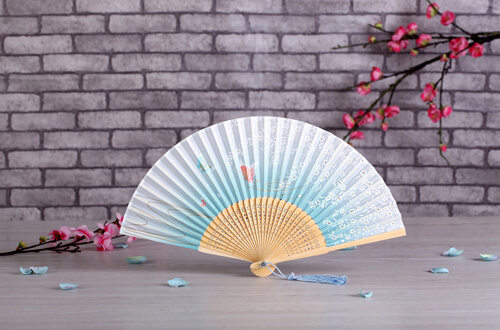
Fold fans from Nanjing are often made from materials such as bamboo, sandalwood, silk, or paper. The fan ribs are typically made of bamboo, which provides sturdiness, while the fan leaf is made from silk or paper, showcasing delicate designs, calligraphy, or paintings. Nanjing fold fans come in various styles and designs. Some fans feature intricate hand-painted scenes of landscapes, flowers, birds, or famous landmarks. Others may have calligraphy or traditional Chinese symbols, adding cultural and artistic elements to the fan. Fold fans can serve both practical and decorative purposes. They can be used to cool oneself during hot weather or to create an elegant accessory for special occasions. Fold fans are also collectible items that people enjoy displaying as decorative pieces.
Nanjing Salted Duck (盐水鸭 Yan Shui Ya)
Nanjing salted duck is a delicious local specialty. Vacuum-sealed or preserved salted duck can be an interesting souvenir to bring back home and share with others.
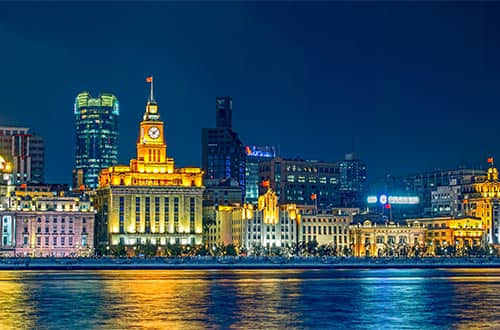 Shanghai Tours
Shanghai Tours 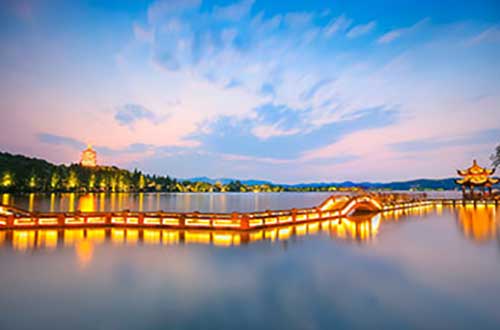 Hangzhou Tours
Hangzhou Tours 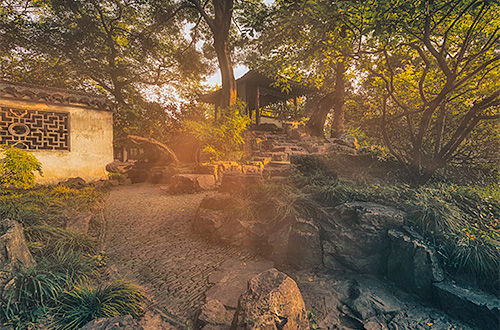 Suzhou Tours
Suzhou Tours 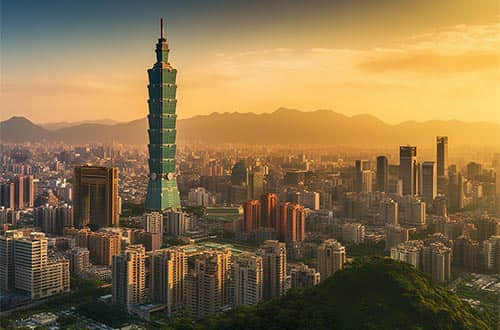 Complete Guide to Travel in Taiwan
Complete Guide to Travel in Taiwan